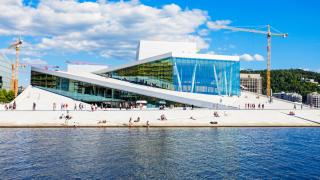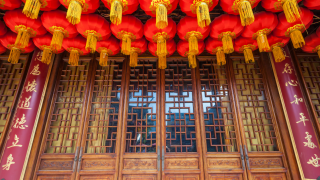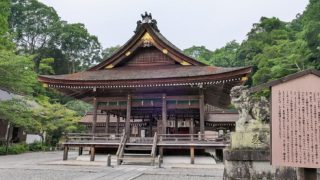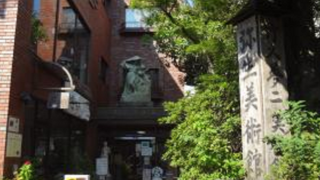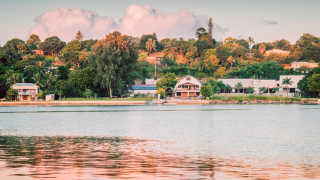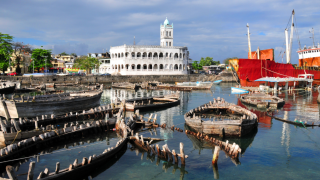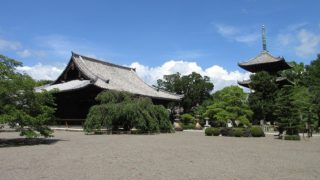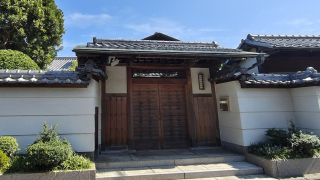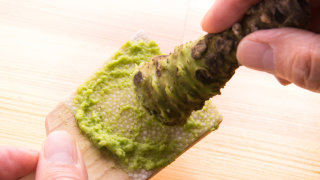 CONTENT
CONTENT The Sacred Land of One Piece: “Smoky Mountain” (Philippines) — The Real-Life Model for the Goa Kingdom’s Garbage Hill, the “Gray Terminal,” Where Luffy, Ace, and Sabo Spent Their Childhood
Once existing in Manila, Philippines, Smoky Mountain was a place of hardship, yet also of incredible resilience. The people who lived there are said to have inspired the world of ONE PIECE.
Its fictional counterpart, the Gray Terminal, serves as a symbolic stage portraying inequality, hope, and the will to survive.
By connecting reality and fiction, we explore One Piece’s timeless message about human dignity and the pursuit of freedom.

